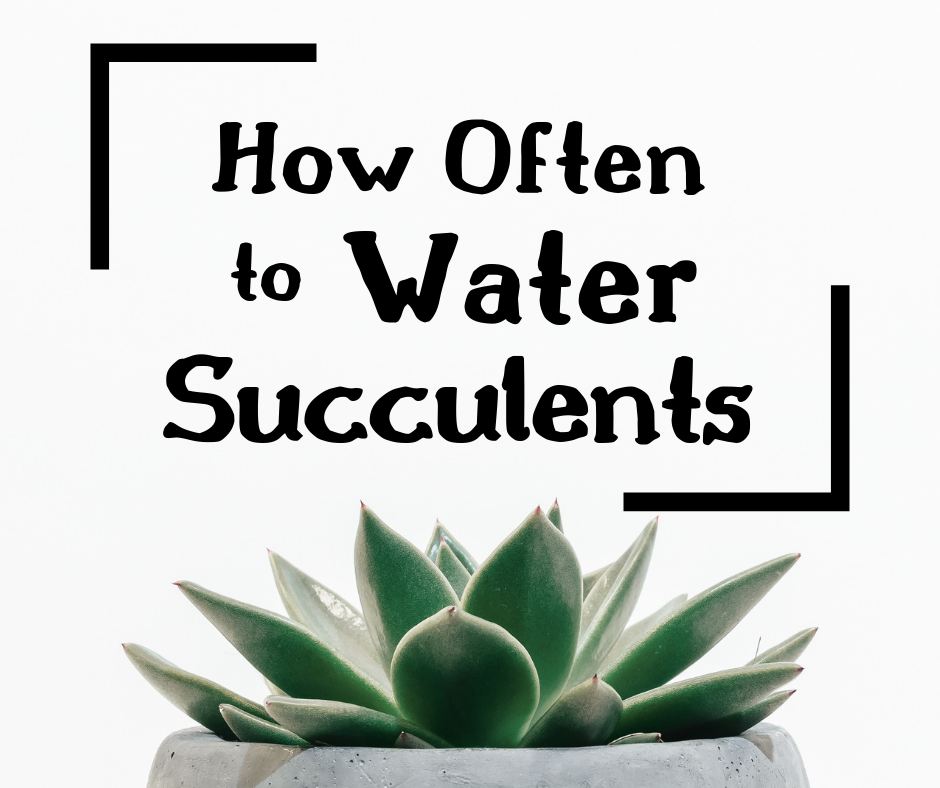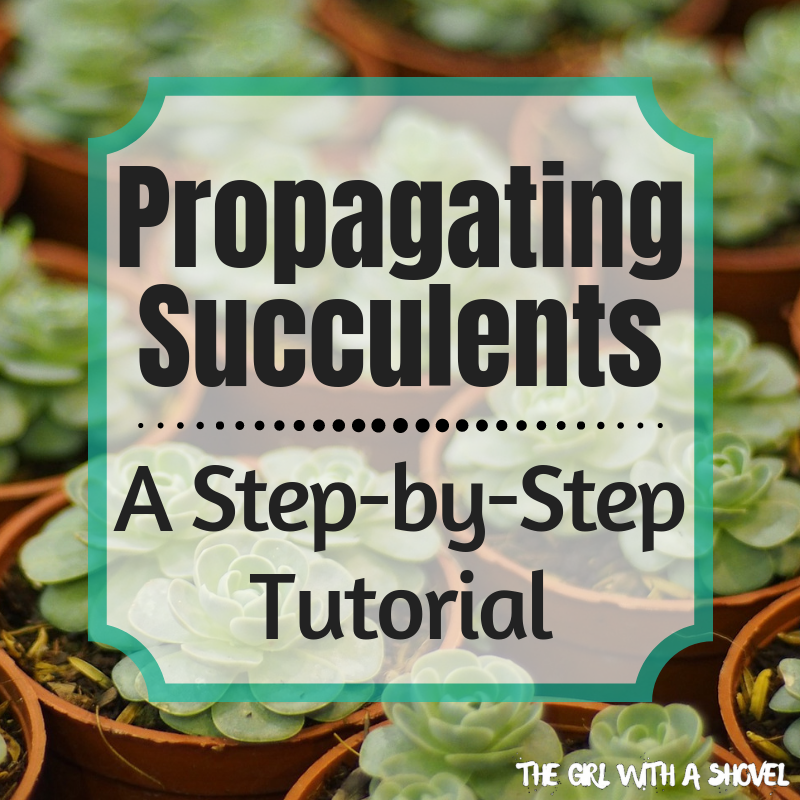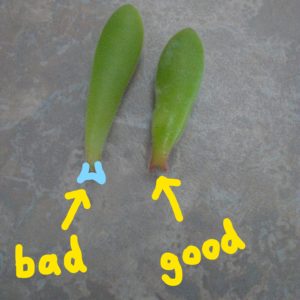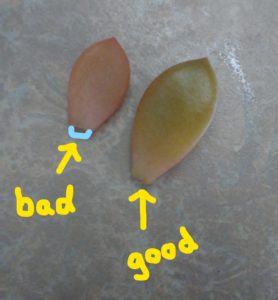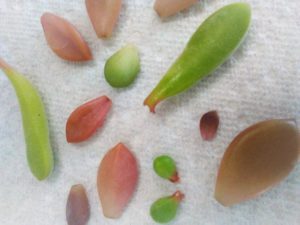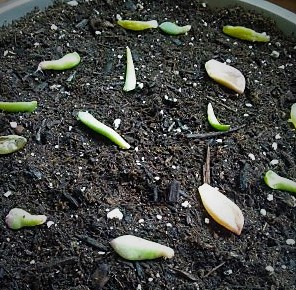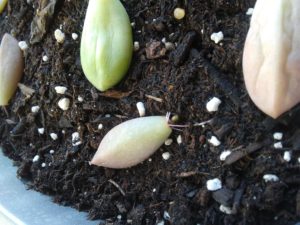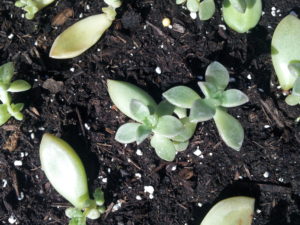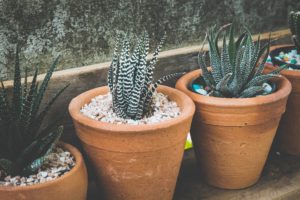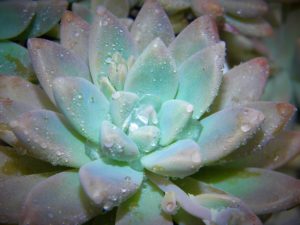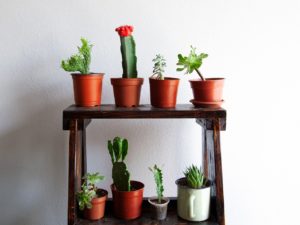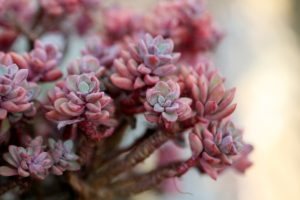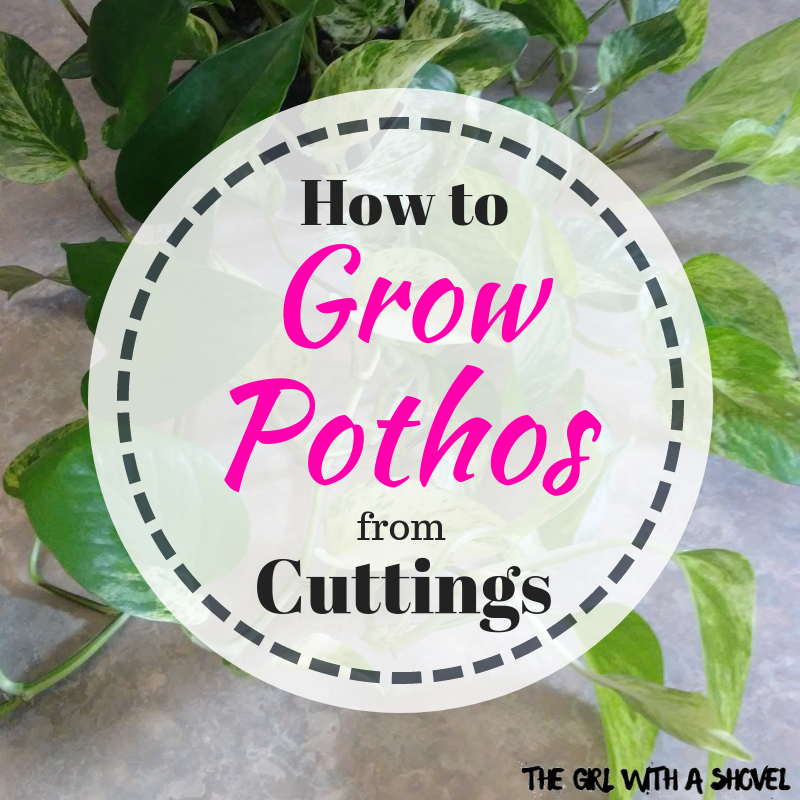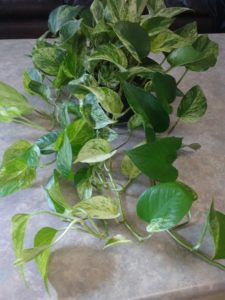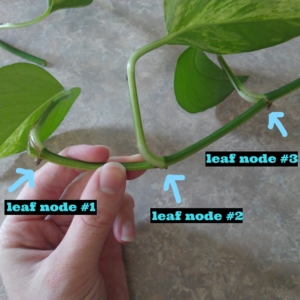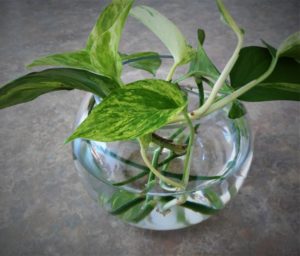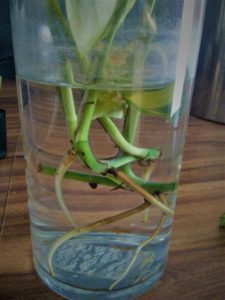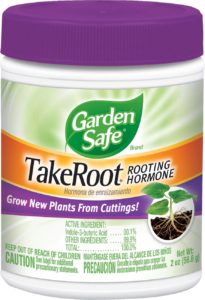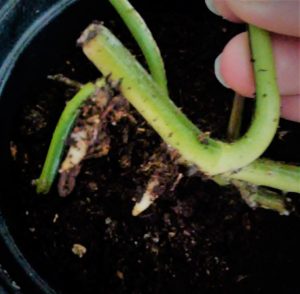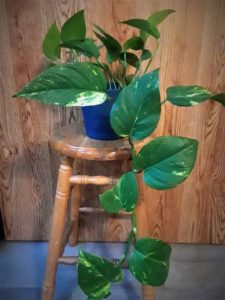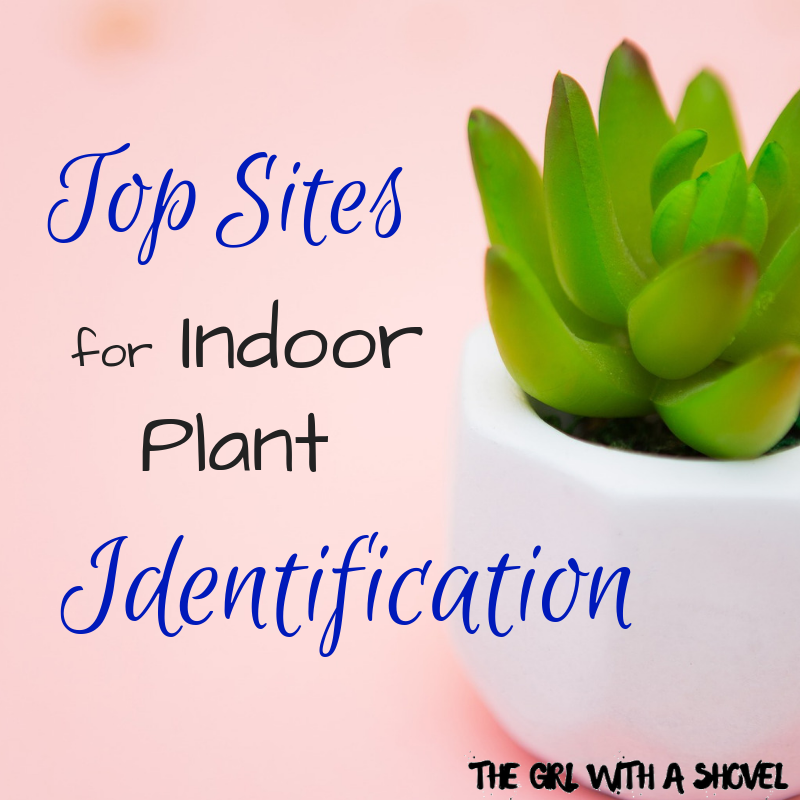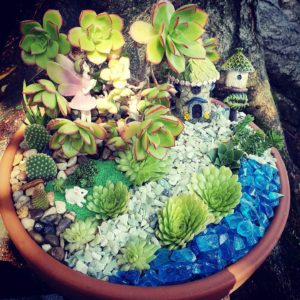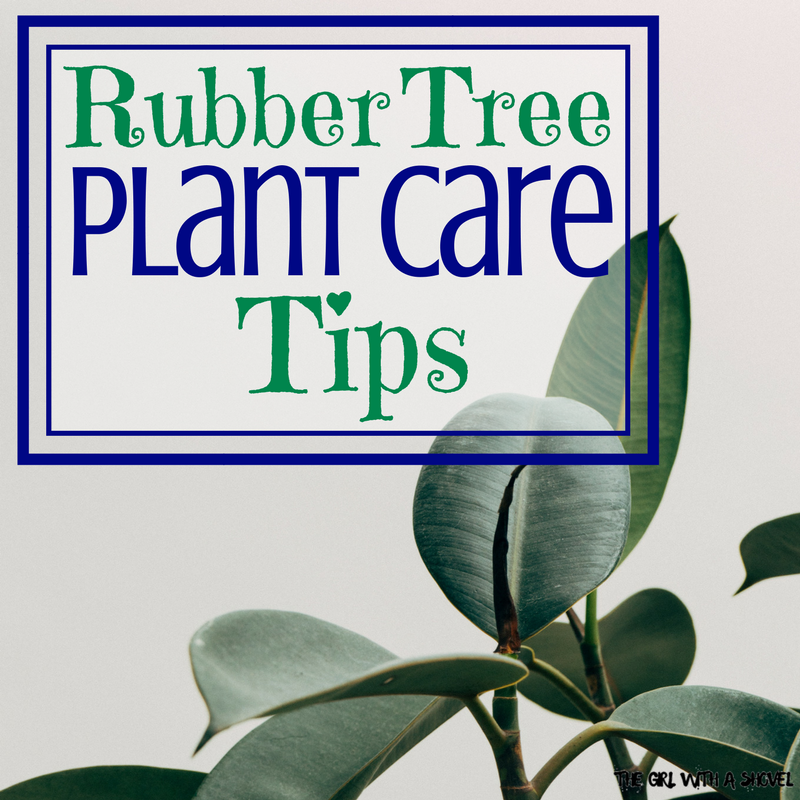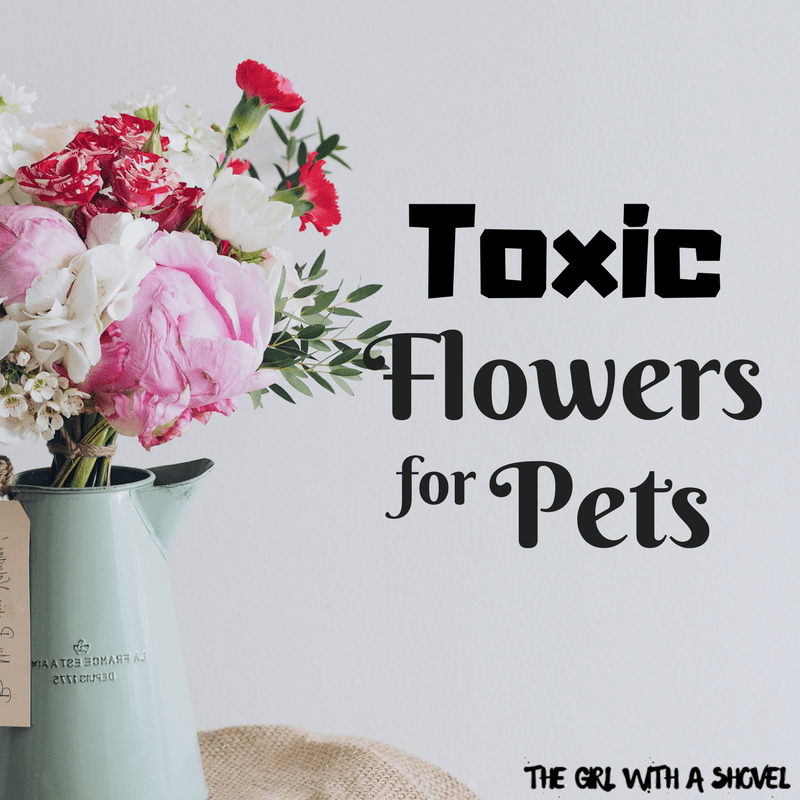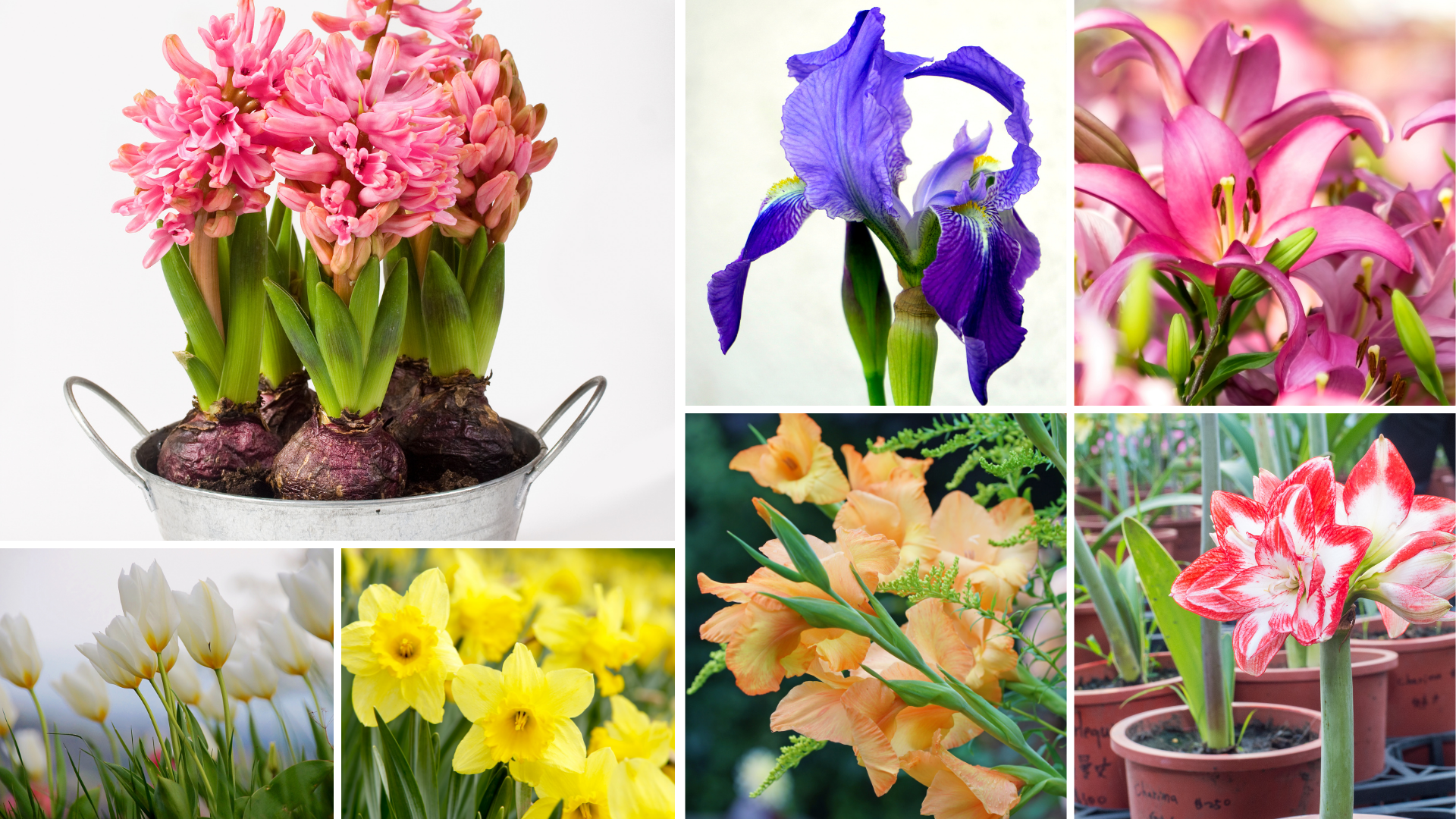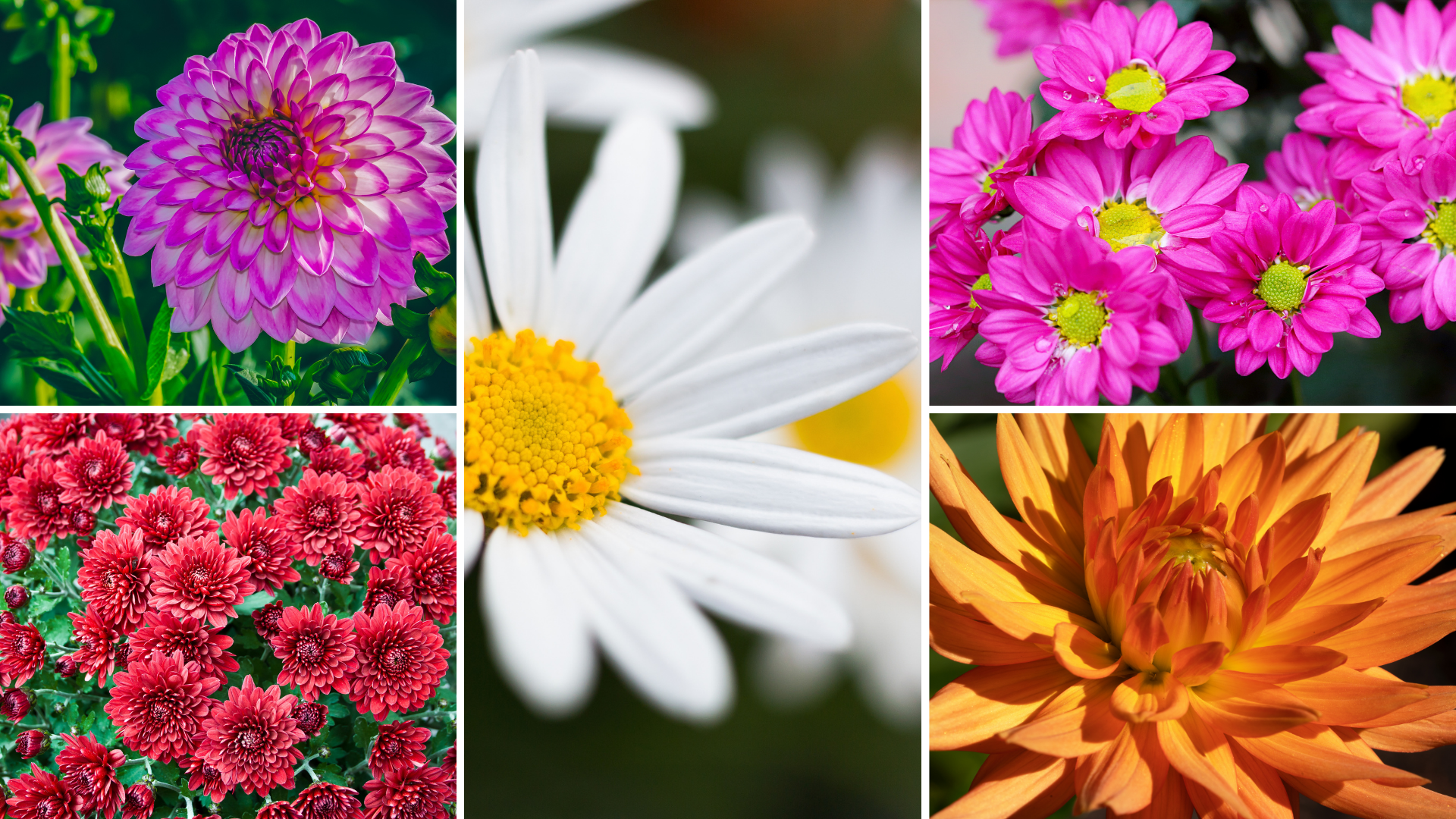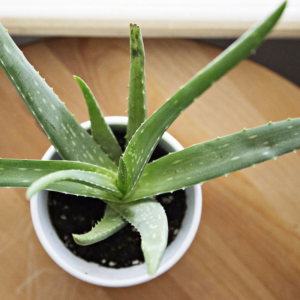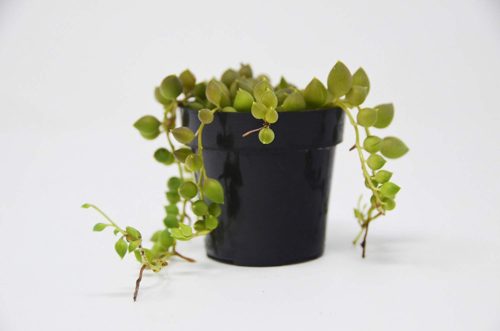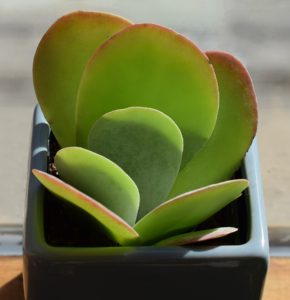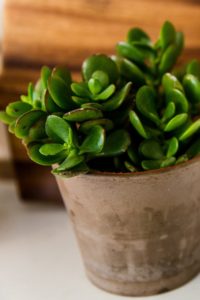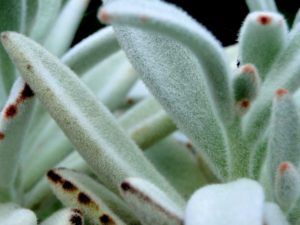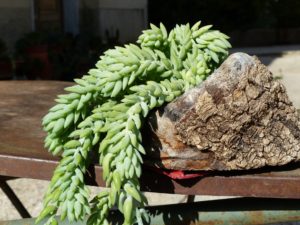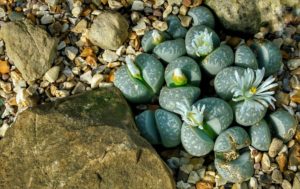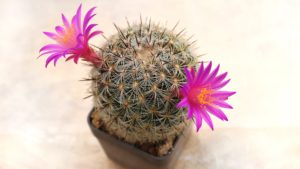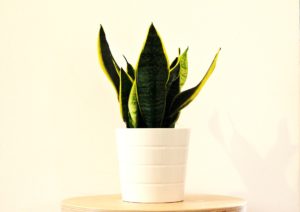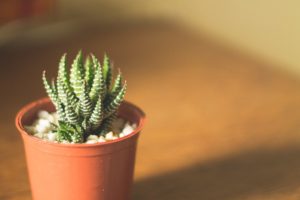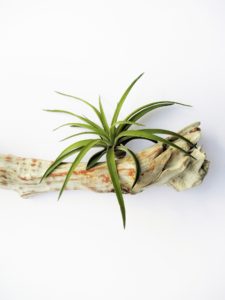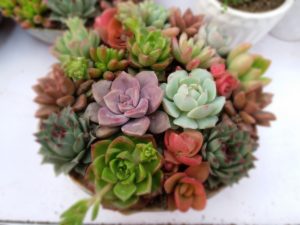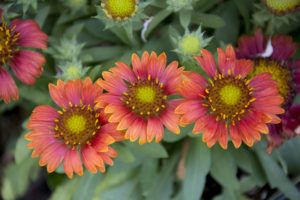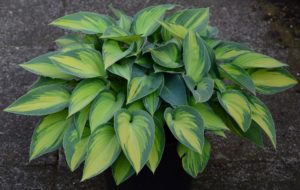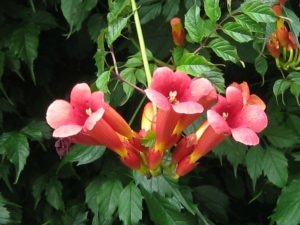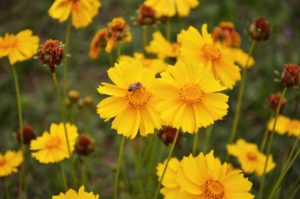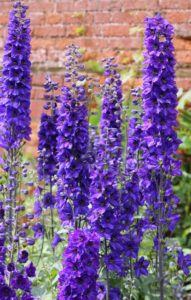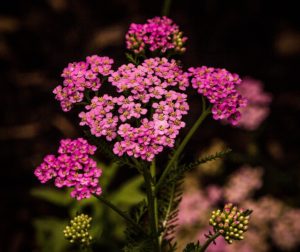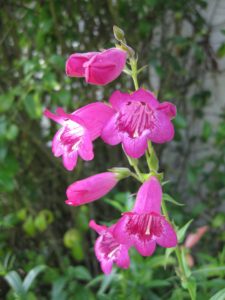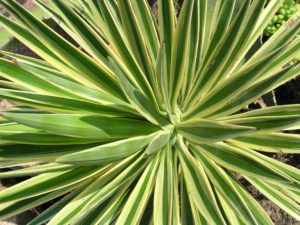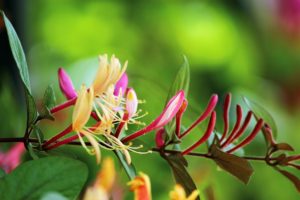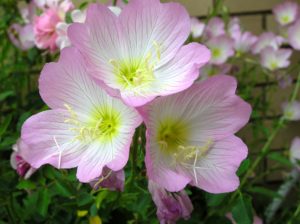Looking at making your yard more fire-safe? Check out my previous post on creating a fire-safe yard, and check out this awesome list of fire-resistant perennial plants!
So what makes a plant fire-resistant? Mainly, plants are fire-resistant if they are free of sap or resin that can easily catch fire, as well as they have more water stored in their leaves, making them harder to burn. There are a surprising number of fire-resistant plants available for the landscape, giving you plenty of options for your specific style. However, remember that no plant is fire-proof and can still catch fire depending on fire intensity and weather patterns. But, planting fire-resistant plants will give your home an added measure of protection and might just buy you some needed time.*
Here’s the list!
**Note: This post contains affiliate links, which if purchased, I will receive a portion of the profits at no extra cost to you. This helps me to keep providing you with this awesome information!**

#1: Coneflower – Echinacea purpurea
Coneflower is not only fire-resistant, but it is also one of my favorites to see in the landscape! Bright purple, pink, and white flowers bloom on long stems that are perfect for cut flower arrangements. They are also low-water and like full sun. Coneflower also attracts butterflies, and is deer resistant. What an awesome plant! (Hardiness zones 3-8)
Get your coneflower here!
#2: Blanket Flower – Gaillardia var.
Blanket flower reminds me of a Native American blanket spread out along the yard. How pretty! Beautiful blooms range in combinations of red, orange, yellow, and gold will fill your space from early summer to early fall. These large blooms attract butterflies and do well as cut flowers on the taller varieties. Blanket flower prefers full sun, but is also low-water and does well in drought conditions. (Hardiness zones 3-9)
Find it here!
#3: Plantain Lily – Hosta spp.
Plantain Lily, also known as Hostas, do well in the shade garden. Ranging in leaf color from blue-green to silver, these hardy perennials are known for their gorgeous foliage. Their flowers are also pretty, but often overshadowed by the patterned leaves. In colder climates hostas will die back in the wintertime, but will send up new shoots in the spring! Just make sure that when new plants are getting established that they stay moist, but not wet. It is easy for hostas to get crown rot if its base gets too much water. (Hardiness zones 3-9)
Get some amazing hostas here!
#4: Trumpet Vine – Campsis radicans
Trumpet vine is a beautiful vining plant that produces orange and red flowers that attract butterflies and hummingbirds. While some people would tell you to never plant trumpet vine due to its tendency to become invasive, it can be controlled if given the time necessary. Regular and heavy pruning, as well as proper placement and care for suckers will keep this fast growing vine under control. Make sure to have a sturdy support, as well as don’t place it near any buildings or have it climb up trees to avoid damage. All in all, this is a very beautiful, fast-growing vine, but needs to only be planted by those who have the time and dedication to keep it under control. (Hardiness zones 4-9)
Find it here!
#5: Columbine – Aquilegia spp.
Columbine is also one of my favorite plants! Flowers come in any color of the rainbow and will bloom all summer long! Plant columbine in partial shade and it will be extremely low maintenance and drought tolerant. These plants are short-lived, but will readily re-seed. New plants will take 2-3 years to flower, but will still produce the unique, clover-shaped leaves of mature plants. In addition to being fire-resistant, these plants are also deer resistant, as well as attract butterflies and hummingbirds. What an awesome plant! (Hardiness zones 3-9)
Find it here!
#6: Lavender – Lavandula spp.
This well-known plant will be very resistant to flames as long as it is kept moist. Lavender is extremely popular due to its natural scent, beneficial oils, and pretty purple or white blooms. What some people might not know, however, is that Lavender is also fairly drought tolerant and attracts butterflies, hummingbirds, and is deer resistant. No wonder so many people have this in their yards! (Hardiness zones 4-8)
Find it here!
#7: Coreopsis – Coreopsis spp.
Coreopsis’ bright yellow flowers are hard to miss! A great self-seeder, most plants are perennials, though they do have some annual varieties available. Once established, these little plants are very drought tolerant. They can also tolerate partial shade, especially in warmer climates. Deadheading spent flowers can prolong bloom time, but if left on, coreopsis seeds are a great source of food for birds during the wintertime! (Hardiness zones 4-9)
Find it here!
#8: Delphinium – Delphinium spp.
Delphinium is often thought of as a somewhat difficult plant to care for. However, with proper care, anyone with the right conditions can grow these amazing stalks of color. Just make sure that your delphinium gets plenty of morning sun, but has some shade in the afternoon, especially in hot climates. Also, make sure that this little guy stays moist. Delphinium doesn’t like to dry out. Varieties include flowers ranging from the classic blue to red, white, and lavender. Make sure that any tall flower stalks are properly staked or else they can easily break off. (Hardiness zones 3-7)
Find it here!
#9: Yarrow – Achillea spp.
This low-maintenance plant is perfect for the fire-resistant yard! With blooms in red, yellow, orange, purple, or white, anyone can find the perfect spot for these drought-tolerant plants. Just make sure to provide full sun and well-draining soil. Deadheading throughout the summer will ensure nearly constant blooms and add lots of color to your yard. (Hardiness zones 3-9)
Check out this yellow variety!
#10: Sage – Salvia spp.
This multi-use plant is great for not only the outdoors, but can also be dried and used in the kitchen! Sage leaves are what is used for the popular seasoning, but plants will also produce white, purple, pink, or blue flowers in late spring. This aromatic plant will also attract butterflies and birds into your garden! So consider this as a great fire-resistant plant that will also give you a great harvest. (Hardiness zones 5-9)
Find it here!
#11: Penstemon – Penstemon spp.
Penstemons are a great drought-tolerant, low-maintenance plant! With stunning purple, pink, blue, white, yellow, or red flower spikes, this plant is sure to draw attention as a specimen plant, or provide a colorful background when planted in groups. Plant in full sun and once established, these tough perennials will only need infrequent, deep watering. These tall flowers will also attract plenty of bees and hummingbirds to your yard. (Hardiness zones 3-8)
Find it here!
#12: Yucca – Yucca spp.
Yuccas are one of the most common desert plants grown in the landscape. Their sword-like leaves come in many shades of greens and blues and can even be variegated with yellow and white. Yuccas produce large white flowers in the late summer and will grow in very poor soil conditions. Just make sure to not overwater as this plant doesn’t like to stay wet. This low-maintenance, drought-resistant plant is perfect for the fire-resistant yard! (Hardiness zones 4-11)
Find it here!
#13: Honeysuckle – Lonicera spp.
Honeysuckle vines are among the same classification as trumpet vine in the fact that they can also become invasive if not properly cared for. Make sure to keep this vine (or groundcover) well contained in a specific area. Then make sure to do some heavy pruning every fall. Honeysuckle also does well in full sun to partial shade, but if the top is allowed to grow too big, it can overshadow the lower vines, causing them to lose some of their leaves and become more of a woody plant. To avoid this, make sure that you thin out the top branches to allow some light to reach the lower portion of the plant. Once this fast grower is tamed, however, you can sit back and enjoy this fragrant beauty! (Hardiness zones 4-9)
Find it here!
#14: Evening Primrose – Oenothera spp.
There are many different reasons to grow this native flower in your yard. Not only is it fire-resistant, but Evening Primrose is also grown for its medicinal and culinary use. Soft pink, yellow, and white blooms open every evening and stay open through the night. They grow well from seed and thrive in full sun to partial shade. This hardy annual (or perennial depending on your climate and variety) is also drought-tolerant once established and the seeds are also edible for human consumption as well as a popular attraction for birds. (Hardiness zones 3-11)
Get some seed here!
#15: Daylily – Hemerocallis spp.
Daylilies are another of my favorite plants! These little guys have thick, grass-like leaves that soften any border in the landscape. Their blooms rise above the plant and show off large, star-shaped flowers that come in thousands of different colors and varieties. Daylilies do well in full sun to partial shade and need only a moderate amount of water. Once established they need very little care besides thinning them out every several years. (Hardiness zones 3 to 9)
For a colorful collection, get it here!
There’s my list of fire-resistant plants! There are many more than these, I just went with some of the more common plants that are easily found in the local garden center. Just remember that no plant is fire-proof, but that plants listed as fire-resistant will be much harder to get a flame going than other common landscape plants. And for tips on how to create a fire-resistant yard, check out my post here!
Happy digging!
*Note: This is in no way a means of providing insurance against fire. All content is the author’s opinion and is thereby not liable for any damages to any person or property, whether brought about by fire or any other causes.*


